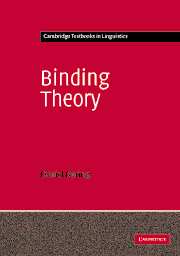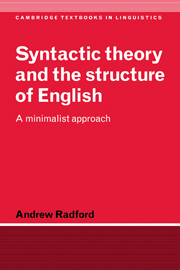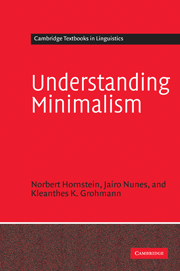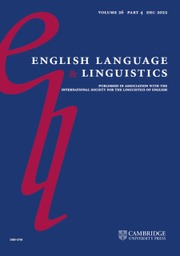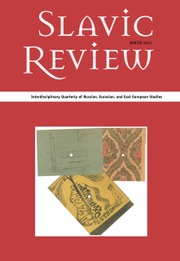Binding Theory
Binding theory seeks to explain how different kinds of nominal expressions such as names, noun phrases and pronouns have anaphoric relations amongst one another, and how they come to have reference to things in the world. This textbook provides a thorough and comprehensive introduction to modern binding theory. Starting at a very basic level, it introduces the reader to a huge variety of nominal and especially pronominal expressions from the world's languages, the ways they can be used, and current theorising about their grammatical properties and their interpretation. Daniel Büring discusses a wide range of cross-linguistic data and theoretical approaches, and unlike in existing introductions, pairs the discussion of syntactic facts with a detailed introduction to the semantic interpretation of binding structures. Written in a clear and accessible style, and with numerous exercises and examples, this textbook will be invaluable to graduate and advanced undergraduate students of syntax and semantics.
- Starting at a basic level, and with numerous exercises, provides a step-by-step introduction to the issues and theories
- Pays equal attention to syntax and semantics
- Uses examples from a wide variety of languages and linguistic constructions
Product details
No date availablePaperback
9780521012225
292 pages
248 × 173 × 28 mm
0.584kg
Table of Contents
- 1. The ABC of binding theory
- 2. Interpreting indexed structures
- 3. Domains and orientation
- 4. Binding versus co-reference
- 5. Other cases of semantic binding
- 6. The co-reference rule
- 7. Descriptive pronouns and individual concepts
- 8. Semantic binding and c-command
- 9. Plurals
- 10. Reciprocals
- 11. Exempt anaphora and reflexivity
- 12. Binding and movement.

